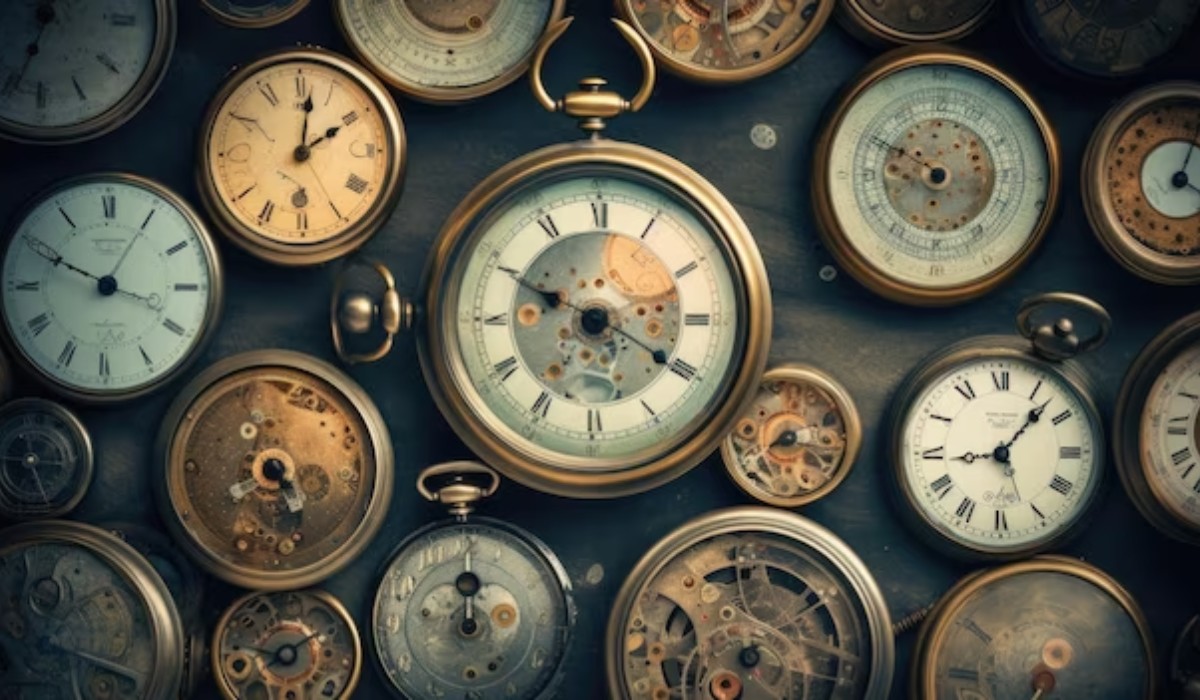Timekeeping has come a long way throughout history, with clocks evolving from simple sundials to sophisticated atomic clocks. This article explores the fascinating journey of clock evolution, highlighting significant types of clocks that have marked different eras.
Sundials – Ancient Timekeepers:
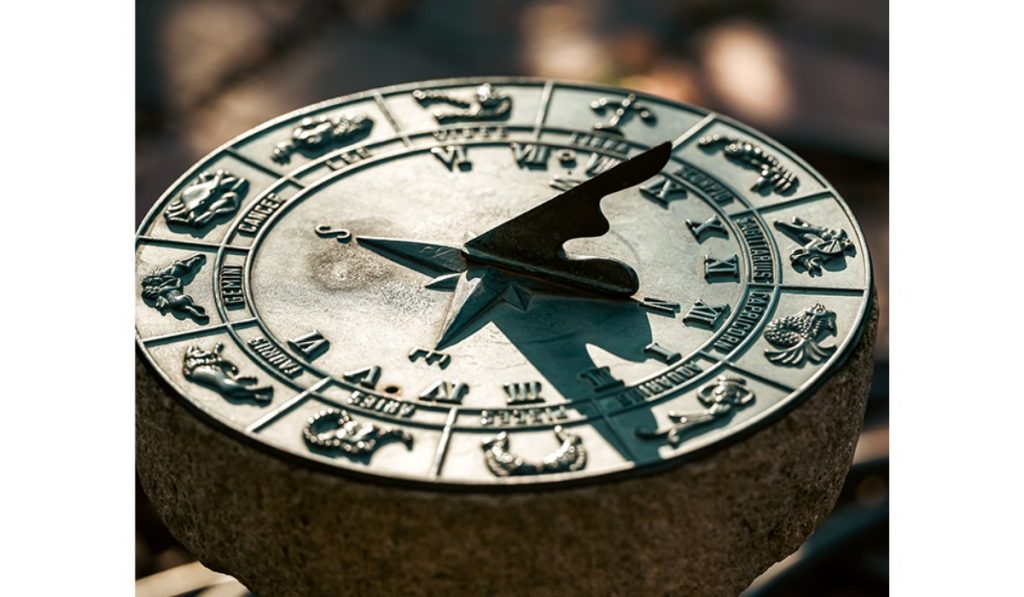
- The earliest timekeeping devices were sundials, relying on the movement of the sun’s shadow to indicate the time. Sundials were prevalent in ancient civilizations and marked the beginning of humanity’s quest to measure time.
Water Clocks – Ancient Fluid Dynamics:
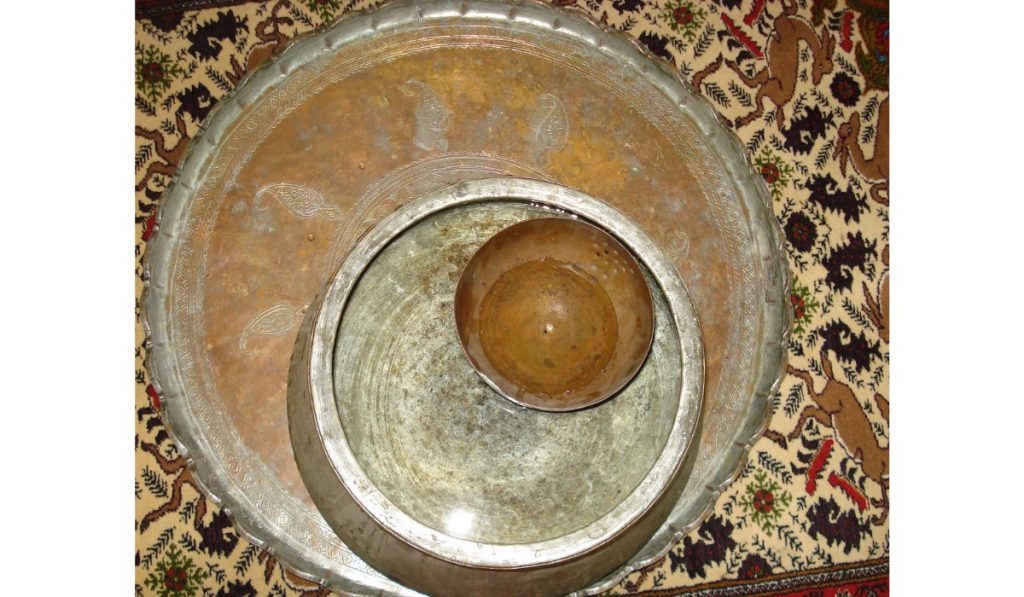
- Water clocks, or clepsydrae, were used by ancient civilizations such as the Egyptians and Greeks. These devices measured time based on the flow of water from one container to another, providing a more consistent timekeeping method, especially during the night.
Mechanical Clocks – Medieval Advancements:
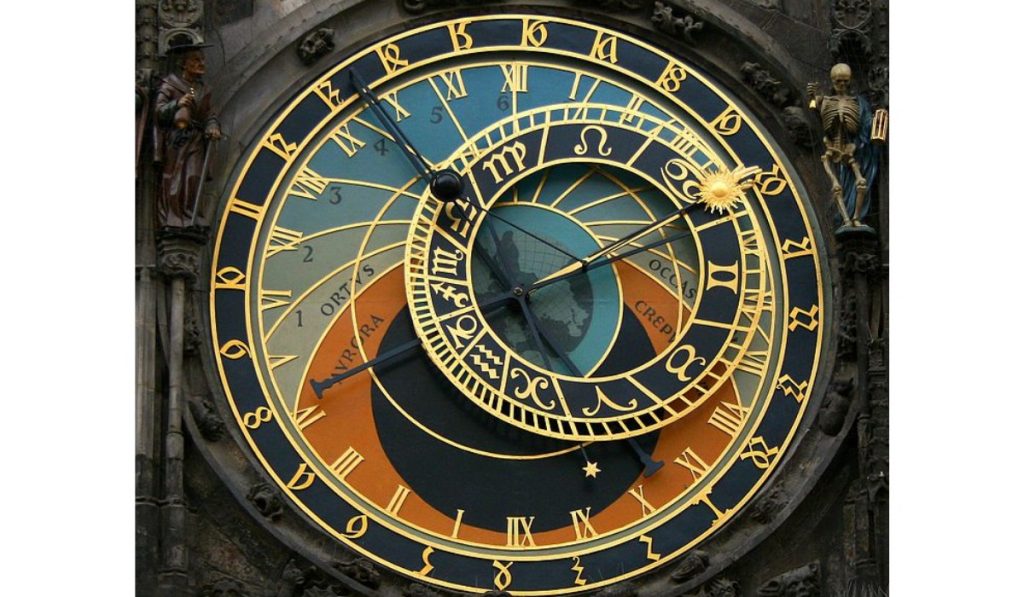
- The development of mechanical clocks in medieval Europe marked a significant leap forward. Initially installed in churches, these clocks featured gears and weights to regulate time, striking the hours on bells. They became symbols of technological and artistic innovation.
Pendulum Clocks – Precision in Motion:
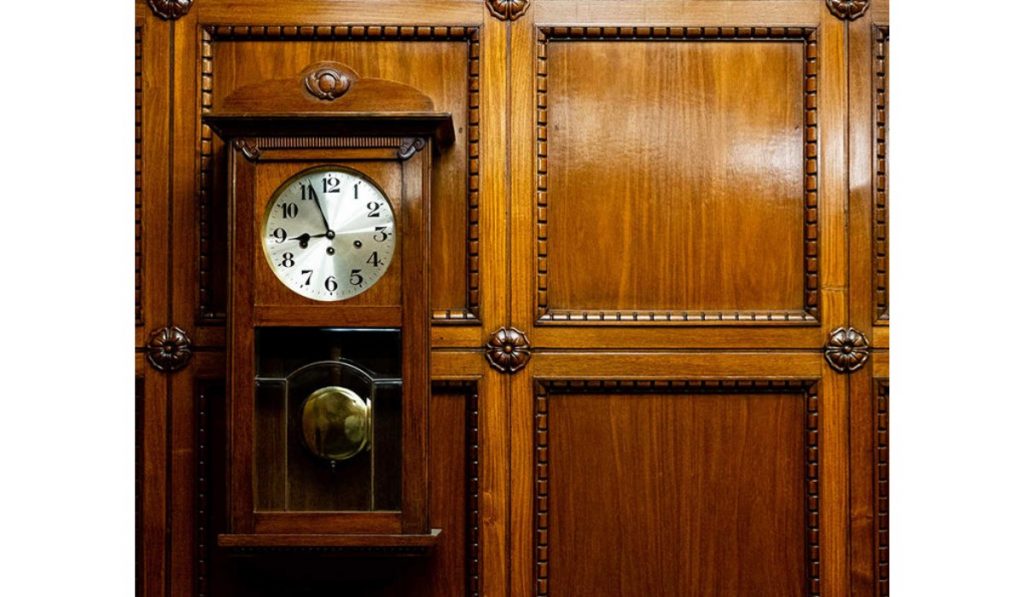
- In the 17th century, the invention of the pendulum clock by Dutch scientist Christiaan Huygens greatly improved timekeeping accuracy. The pendulum’s regular motion allowed for more precise measurement, influencing clock design for centuries.
Also Read: Pakistani woman arrives in India to marry Kolkata man
Pocket Watches – Portable Precision:
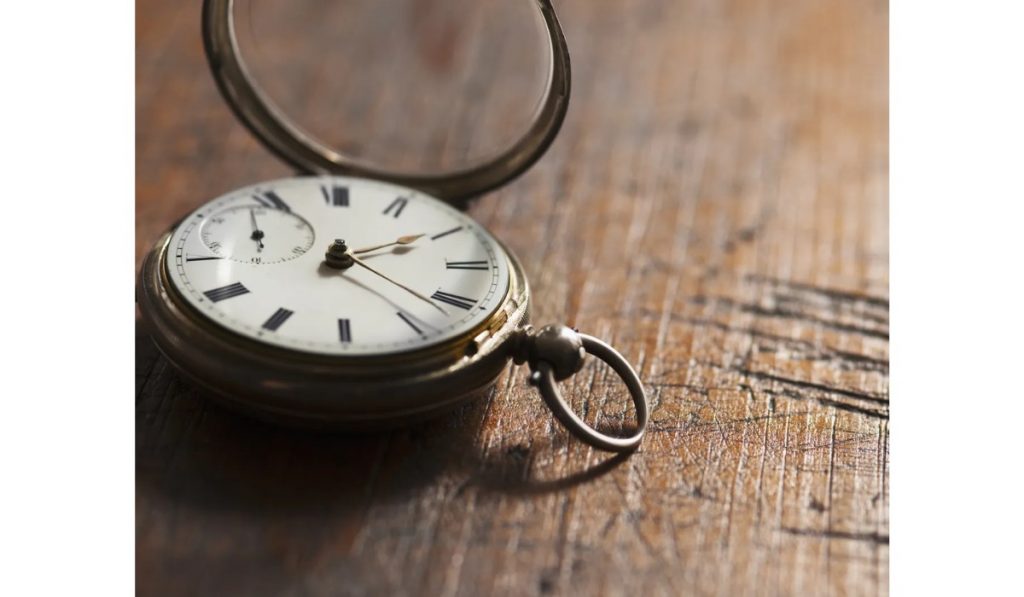
- The 19th century saw the popularization of pocket watches, providing people with portable timekeeping devices. These intricately crafted timepieces became fashion accessories, showcasing both style and functionality.
Wristwatches – Time on the Move:

- Wristwatches gained prominence in the early 20th century, especially during World War I when soldiers found them more practical than pocket watches. The wristwatch evolved into a versatile accessory, incorporating various designs and features.
Electronic Clocks – The Quartz Revolution:
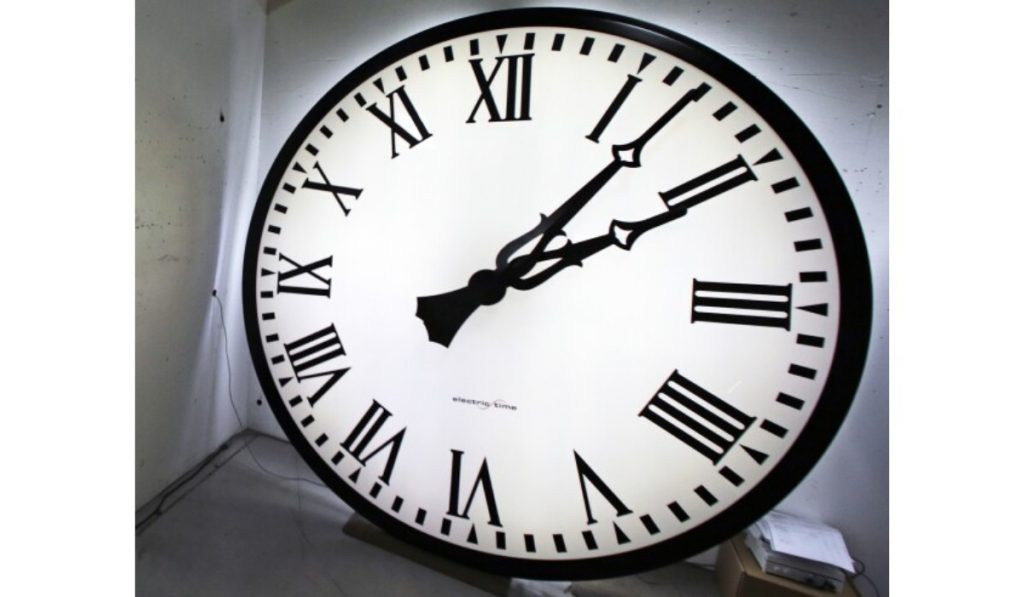
- The introduction of electronic clocks, particularly quartz clocks, in the mid-20th century marked a revolution. Quartz crystals oscillated with remarkable precision, leading to affordable and highly accurate timekeeping devices.
Atomic Clocks – Unprecedented Precision:
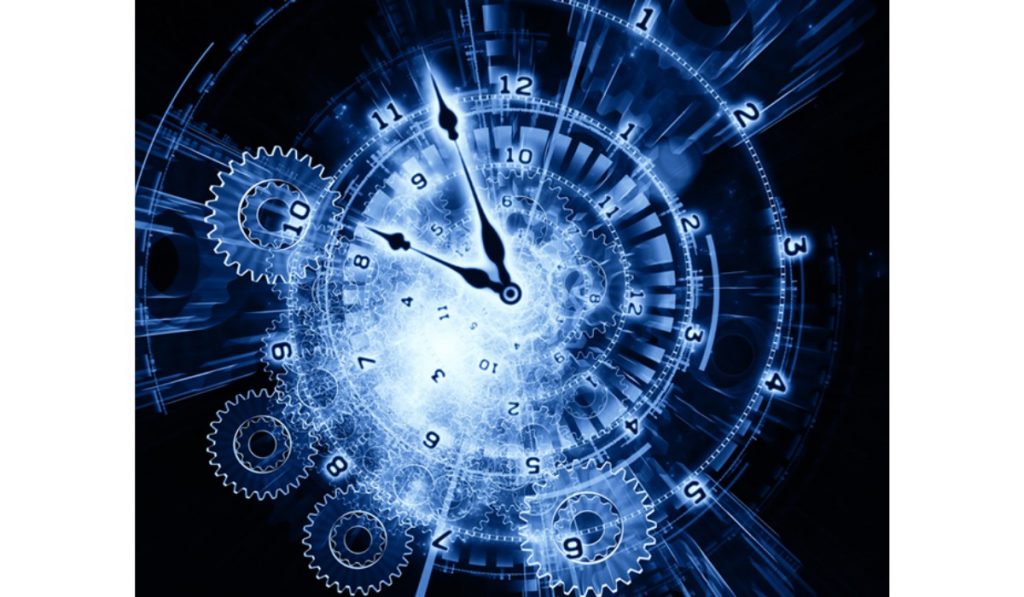
- Atomic clocks, developed in the mid-20th century, use the vibrations of atoms to measure time with unparalleled accuracy. They form the basis for Coordinated Universal Time (UTC) and are crucial in scientific, technological, and navigational advancements.
Digital Clocks – The Modern Era:
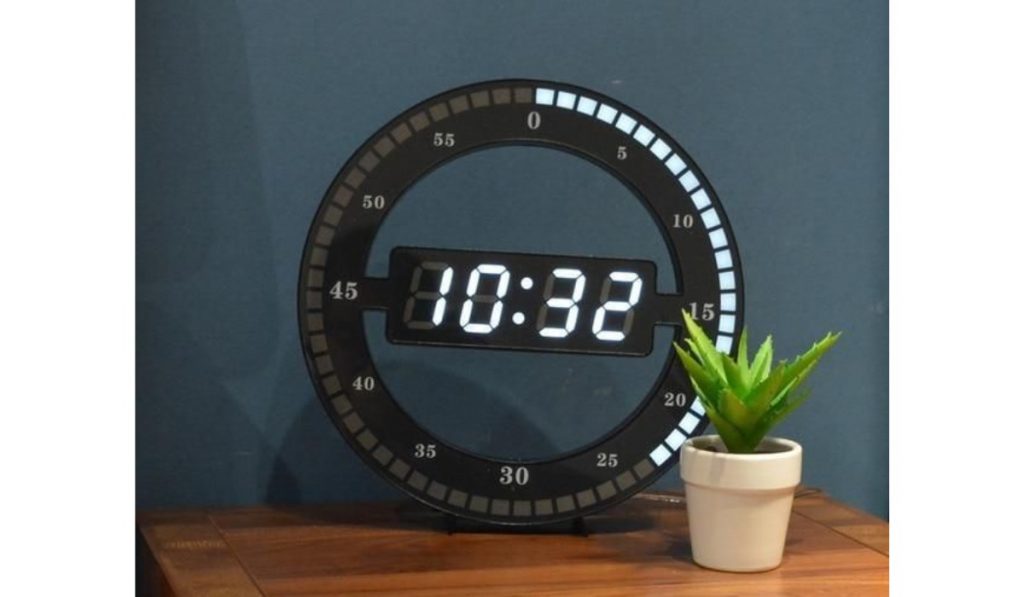
- The digital age brought forth electronic and LED digital clocks, offering easy readability and versatile designs. They are now integrated into various devices, from smartphones to appliances, shaping the way we interact with time daily.
The evolution of clocks mirrors humanity’s relentless pursuit of measuring time more accurately. From sundials to atomic clocks, each type of clock represents a milestone in our quest for precision, convenience, and understanding the passage of time. The journey continues as technology advances, promising even more innovative ways to keep track of time in the future.
Also Read: Cultivating Healthy Sleep Habits in Children: A Guide for Parents







